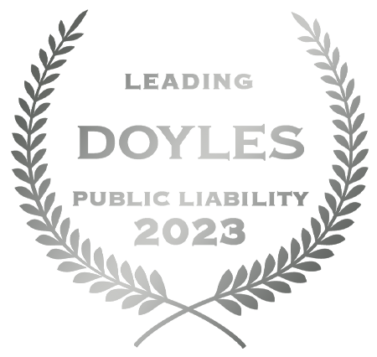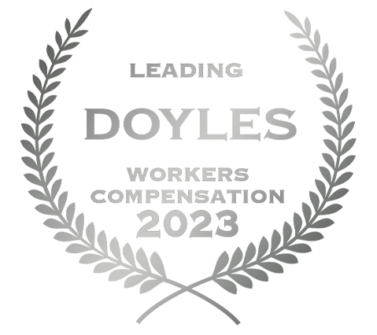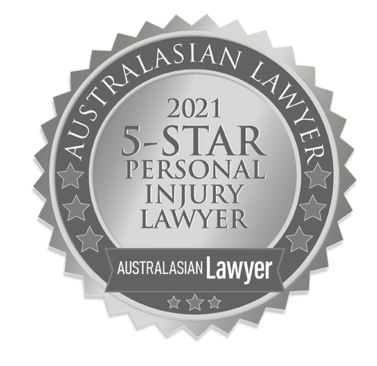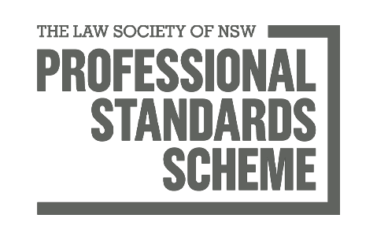
CTP Claims Process – What You Need to Know.
Before you lodge your application for personal injury benefits, take a few minutes to understand the CTP claims process in NSW, what you might be entitled to, and how your application will be assessed.
CTP insurance claims in NSW are managed by the State Insurance Regulatory Authority – SIRA. However, SIRA doesn’t actually deal with your CTP claim; your application for personal injury benefits will go straight to the CTP insurer. Also, SIRA won’t tell you how to maximise your claim. It’s up to you to complete your application thoroughly and make sure you don’t miss out on anything you may be entitled to.

CTP insurance claims NSW – what can I claim?
If you’re injured in a motor vehicle accident there’s a range of benefits you may be able to claim in NSW.
Your benefits will be based on your medical assessment and whether your injuries are classified as threshold or above-threshold. This is the most critical part of the CTP claim process – if your injuries are classified as threshold, you won’t be entitled to claim a lump sum for future loss of wages or pain and suffering, and your benefits will be cut off after a maximum of 12 months, even if you haven’t fully recovered.
To access your full benefits, you may need to lodge two different applications:
| Application Type | Entitlements Covered |
|---|---|
| Application for personal injury benefits |
|
| Lump sum claim |
|
Read on to learn more about the CTP claim process and whether you need to submit one or both applications.
Threshold vs above-threshold injuries.
To understand how NSW CTP insurance claims are assessed, it’s important to understand the difference between threshold and above-threshold injuries.
Threshold injuries are “soft-tissue” or muscle injuries; above-threshold injuries are more serious injuries like fractures or injuries that affect your internal organs. If you have above-threshold injuries, you’re likely to be entitled to a lump sum claim.
| Physical Injury Classification | Examples |
|---|---|
| Threshold (soft tissue injuries) |
|
| Above-threshold (fractures, organ damage) |
|
Your injury classification determines what you’re entitled to claim, so your injuries will need to be assessed by a GP. However, the GP may not be very familiar with the CTP claim process and might not document issues that seem minor at the time but are critical to your health.
Our CTP lawyers can recommend doctors who are familiar with CTP claims in NSW and will make sure all relevant issues are included in your assessment.
Physical and psychological injuries.
Injuries can be both physical and psychological. It’s common to experience multiple kinds of injuries at once, and it’s important that you’re assessed based on everything you’re experiencing. Even one minor injury that’s overlooked in your medical assessment could mean you miss out on tens of thousands of dollars in compensation you’re entitled to.
Above-threshold injuries that qualify for lump sum compensation may include:
| Injury Type | Examples |
|---|---|
| Above-threshold physical injuries |
|
| Above-threshold psychiatric illness (symptoms continuing for more than one month) | Symptoms may include:
|
These injuries can develop over time, so if they’re not picked up in your initial assessment, you may need to dispute the CTP insurer’s decisions on your claim and have your injuries reassessed to claim your full entitlements. For information on this, see our article about checking and disputing a CTP claim.
What’s the CTP claims process?
Here’s an overview of the CTP claims process:
- Obtain a certificate of capacity/fitness from your GP; you’ll need one every 30 days
- Lodge an application for personal injury benefits with the CTP insurer of the most at-fault driver
- Note that this application doesn’t cover any lump sum payments you might be entitled to – you’ll have to apply for these separately – this is called a ‘common law claim’
- You’ll need to submit a common law claim if you weren’t at fault in the accident and your injuries are classified as above-threshold
If your CTP application for personal injury benefits is successful, then you should start receiving income support payments covering 95% of your pre-injury earnings as soon as the insurer processes your claim.
For more information about the CTP claims process, see our how to lodge a CTP claim article.
What’s the CTP claim time limit?
You’ll need to submit your application within 28 days of the accident to claim lost wages backdated to the time of your accident. You have up to three months after the accident as a final CTP claim time limit.
How do I get CTP claim advice and help with my case?
The CTP claims process is designed so that you can submit your own claim, and for more information about the step-by-step process to submit, see our how to lodge a CTP claim article. But it’s worth keeping in mind that while you may not be using a lawyer for your claim, the insurer will have lawyers on its side. Seeking CTP claim advice from a lawyer before you lodge your claim will give you peace of mind, and confidence that you’re not missing out.
You can call Law Partners and get free CTP claim advice from a specialist car accident lawyer who can tell you what benefits you’re entitled to, and whether you’re entitled to claim lump sum compensation.
Related articles
Do I have a case?
Our senior lawyers will assess your case for free.










